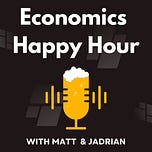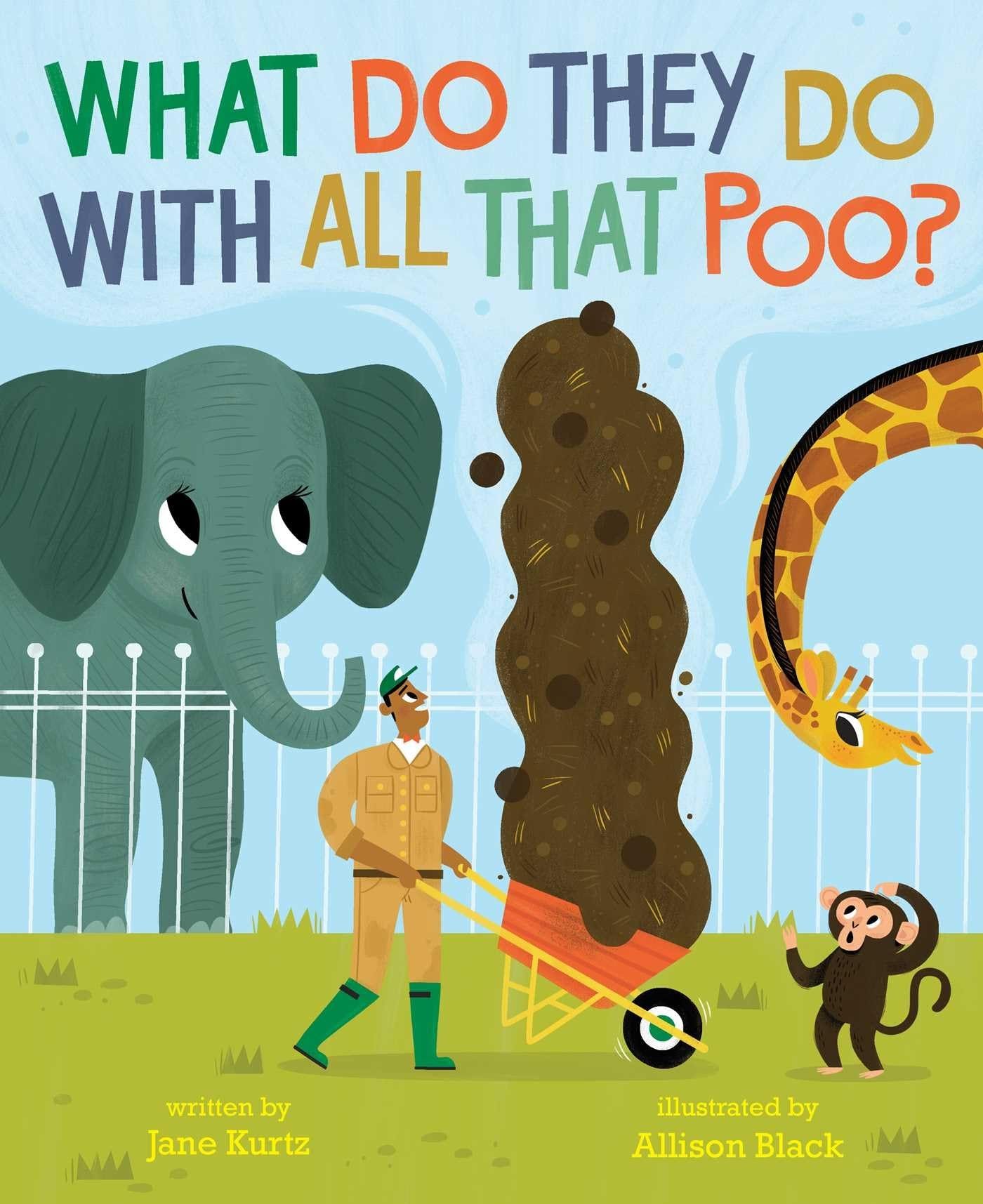This week, we explore how the children's show Bluey delivers surprisingly rich lessons in economics. We're joined by Lauren Shifflett and Stephen Day, who explain how the show introduces concepts like scarcity, decision-making, and even the circular flow of money. Why Bluey? Lauren and Stephen recently co-authored Bluey-conomics: It's Not All About the Money, a new article showing teachers how to bring these episodes into the classroom. Whether you're a parent, educator, or econ nerd, you'll see Bluey in a whole new way.
In this episode, we discuss:
Why Bluey resonates with both kids and adults—and what makes it a useful teaching tool
How teachers can use Bluey to introduce foundational economic concepts in a relatable way
Insights from Lauren and Stephen’s new article
And a whole lot more!
Catch up on some old episodes:
You can also listen to us on Google Podcasts, TuneIn Radio, and Apple Podcasts. If one of these is your go-to podcast service, be sure to rate us and subscribe!
Watch this episode on YouTube:
Some show notes:
This week’s episode features two friends of the show—Lauren Shifflett, Associate Director at the JMU Center for Economic Education, and Stephen Day, Director of the VCU Center for Economic Education—who recently co-authored a paper we knew listeners would want to hear about. Between the four of us, we had a full lineup: coffee, water, diet soda, and a couple of beers. This episode was also a bit special, thanks to Lauren’s connection to Feel the Rain Brothers Brew Co. in Harrisonburg, Virginia. She went with Duke’s Lager, while Jadrian enjoyed a Loner mild ale from the same brewery.
Lauren Shifflett and Stephen Day joined us this week to talk about their newly published article, Bluey-conomics: It’s Not All About the Money. The piece, co-authored with Alexa Quinn, appears in Social Studies and the Young Learner, a journal aimed at elementary educators. The article focuses on how the children's show Bluey can be used to teach economic concepts in the classroom, especially to younger students.
One of Stephen’s favorite episodes is called “Markets,” where the main character gets five dollars from the tooth fairy and heads to a local market with her friend. Along the way, she and her friend navigate trade-offs, limited resources, and the consequences of spending decisions. Stephen walks us through how the episode illustrates everything from scarcity to the circular flow of money—making it a surprisingly clear entry point for introducing these abstract concepts.
Beyond “Markets,” we also talked about other episodes like “Monkey Jocks,” “Hammerbarn,” “Ice Cream,” and “Granny Mobile.” These storylines touch on unintended consequences, negotiation, decision-making, and even game theory. The show uses humor and relatable family moments to bring these ideas to life in ways that are meaningful for kids and instantly recognizable for adults.
Lauren and Stephen explain how episodes like these offer accessible, age-appropriate ways to start conversations about economic thinking. The goal of their article isn’t just to celebrate a beloved show—it’s to prepare teachers with practical tools for integrating economics into everyday classroom experiences. And for parents watching alongside their kids, Bluey might just be an unexpected crash course in the basics of economics.
This week’s pop culture references:
Lauren shared her work on lesson plans centered around the “economics of poop”—a creative approach to help young learners think about the many resources involved in both the production and cleanup of waste. It’s a memorable, relatable way to spark economic thinking in elementary classrooms.
Stephen spotlighted the Bluey episode “Hammerbarn,” where the Heeler family goes shopping for a new pizza oven. The episode is full of teachable moments about budgeting, prioritization, and opportunity cost.





















Share this post